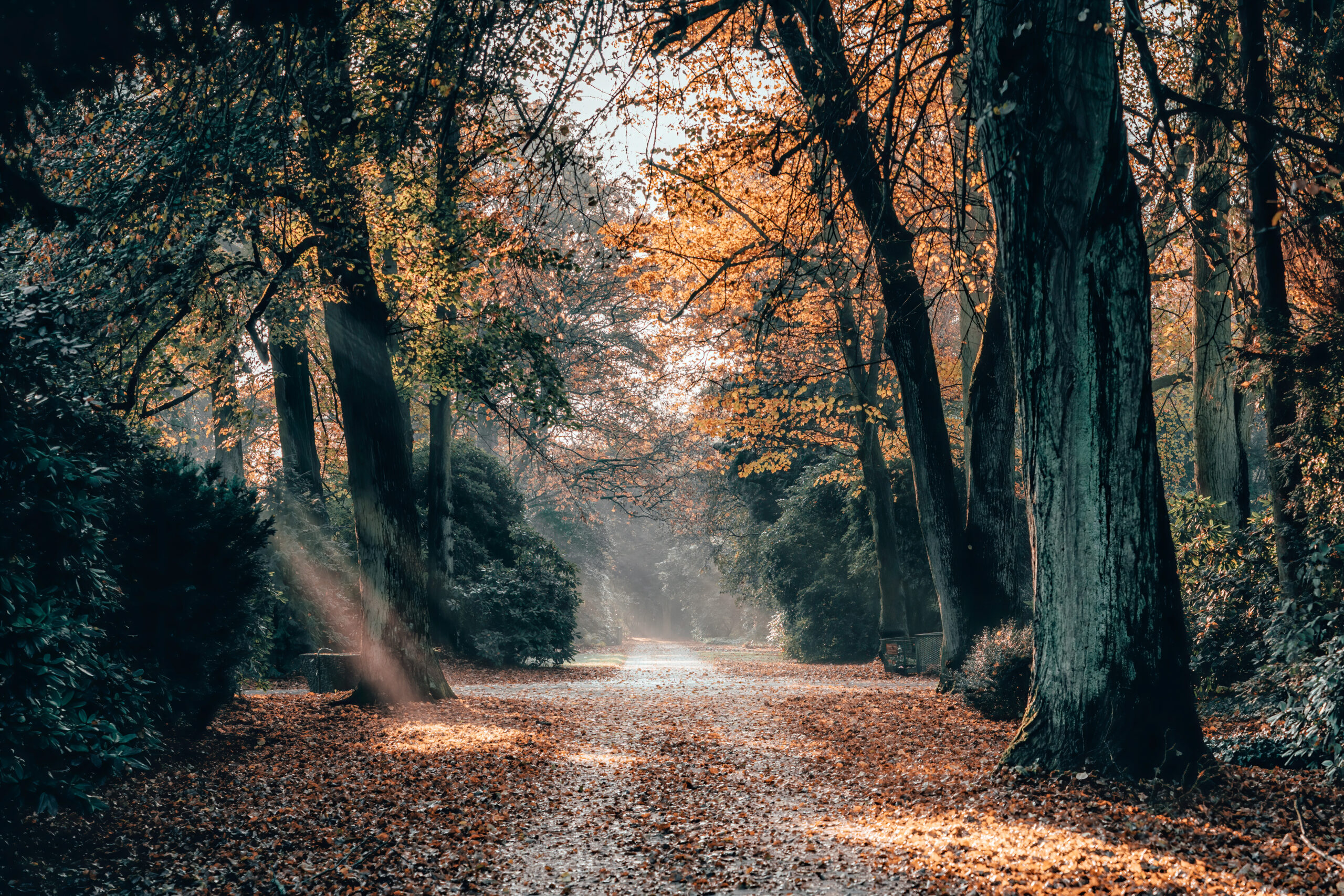One of my favorite ways to connect with nature is through the lens of my camera. As a landscape architect, I spend much of my time creating green spaces in urban environments. But as a photographer, I enjoy discovering the beauty already present in these spaces. Capturing the urban wilderness is not just about documenting the landscape; it’s about telling a story of resilience and coexistence. Whether you’re an experienced photographer or just starting, here are some insights and tips to inspire your journey.
See the City Through a New Lens
Urban wilderness often goes unnoticed, blending into the background of our daily lives. To photograph it well, you need to train your eye to see the extraordinary in the ordinary. A patch of moss on a brick wall, a bird nesting in a streetlight, or sunlight filtering through leaves against a skyscraper—these moments can be captivating. Next time you’re in a park or even walking down a city street, slow down and take a closer look. Notice the textures, colors, and contrasts between natural and man-made elements. These are the stories waiting to be told through your lens.
Timing is Everything
Lighting can make or break a photograph. Early mornings and late afternoons, known as the golden hours, provide soft, warm light that enhances textures and adds depth to your photos. These times are also when urban wildlife is most active. If you’re capturing landscapes or plants, overcast days can be surprisingly effective, as the diffused light eliminates harsh shadows and enhances natural colors.
Focus on Details and Patterns
While wide shots of parks and green spaces are stunning, don’t overlook the smaller details. Close-ups of leaves, bark, or even a flower growing through a crack in the sidewalk can reveal intricate patterns and textures. These details often highlight the resilience of nature in urban settings. Experiment with macro photography to capture these tiny but powerful scenes.
Play with Composition
Composition is key to creating compelling images. Use techniques like the rule of thirds, leading lines, and framing to guide the viewer’s eye. For instance, a winding path through a park can serve as a leading line, drawing attention deeper into the image. Urban environments also offer unique opportunities to juxtapose natural and architectural elements—think of tree branches framing a historic building or reflections of clouds in a glass facade.
Be Patient and Observe
Nature photography, even in the city, requires patience. Spend time observing your surroundings before taking out your camera. Watch how the light changes, how people interact with the space, and how wildlife moves through it. This mindfulness not only improves your photography but deepens your appreciation for the urban wilderness.
Embrace the Unexpected
Some of the best photos happen when you least expect them. Always carry a camera or have your smartphone ready to capture spontaneous moments—a hawk perched on a fire escape, children playing under a tree, or a sudden burst of rain creating puddles that mirror the sky. These unplanned shots often tell the most compelling stories.
Gear Up Thoughtfully
You don’t need expensive equipment to start photographing urban nature. A smartphone with a good camera can produce stunning results. If you’re looking to invest, consider a DSLR or mirrorless camera with a versatile lens. A lightweight tripod can help with stability for long exposures, and a polarizing filter can reduce glare while enhancing colors. But remember, the best camera is the one you have with you.
Connect with Your Community
Urban photography isn’t just a solo activity—it’s a way to connect with others who share your passion. Join local photography groups, participate in community events, or share your photos on social media. Engaging with others can provide new perspectives and inspire your work.
Advocate Through Art
Photography has the power to inspire change. Use your images to highlight the importance of green spaces and biodiversity in cities. Share photos that showcase the beauty and benefits of urban nature, and pair them with captions or stories that encourage conservation efforts. Your work can raise awareness and motivate others to value and protect these spaces.
Find Joy in the Process
Lastly, remember that photography is as much about the experience as the result. Let yourself get lost in the process of exploring, observing, and capturing. Each photo you take is a step in your journey of discovering the urban wilderness—and a chance to inspire others to see it too.
By blending my love for photography with my passion for landscape architecture, I’ve found endless inspiration in the urban wilderness. Whether it’s a hidden garden, a rooftop meadow, or a single tree thriving in a concrete jungle, these spaces remind us of nature’s resilience and our role in preserving it. So grab your camera, head outside, and start exploring—you never know what stories you’ll find through your lens.
